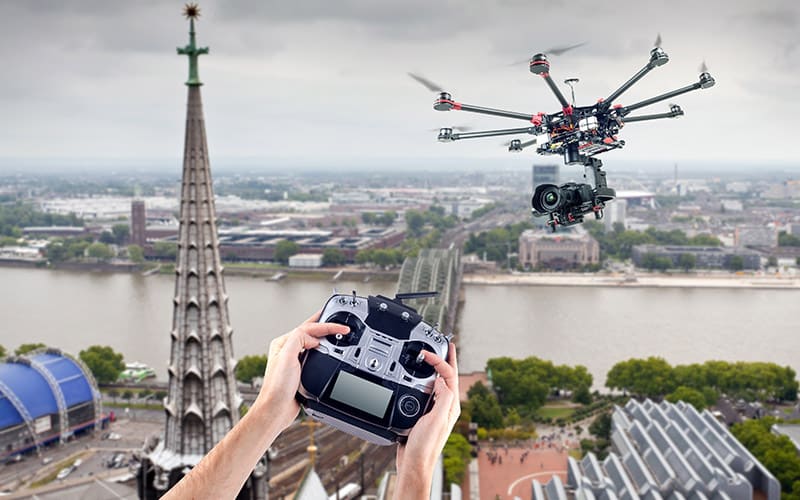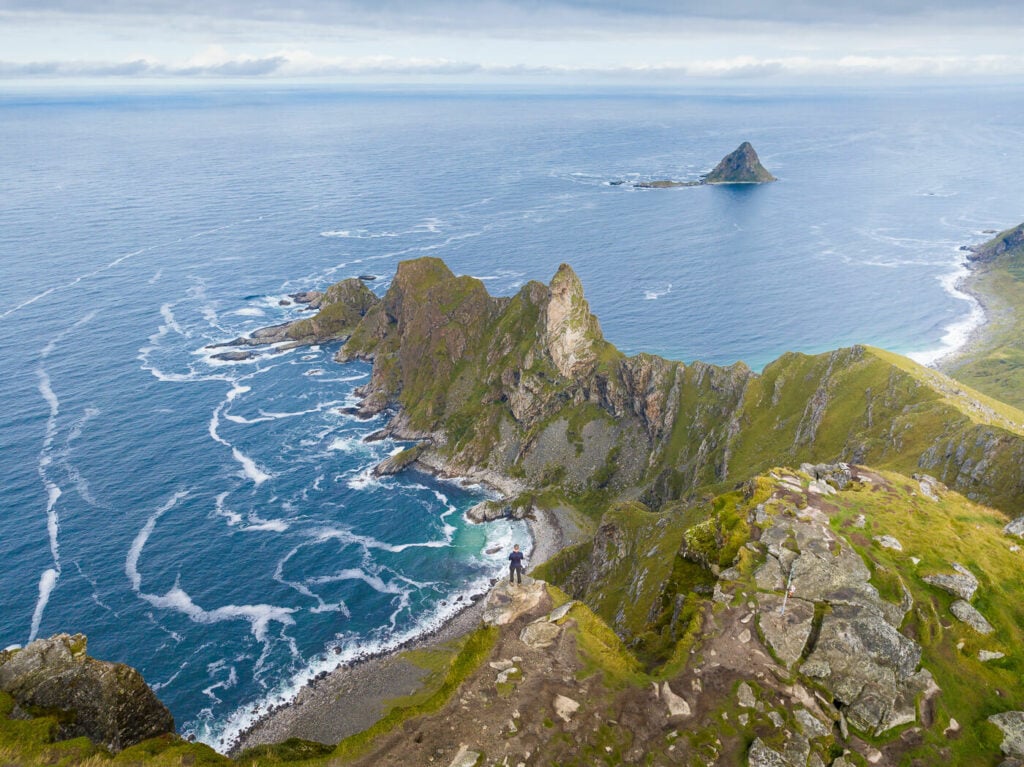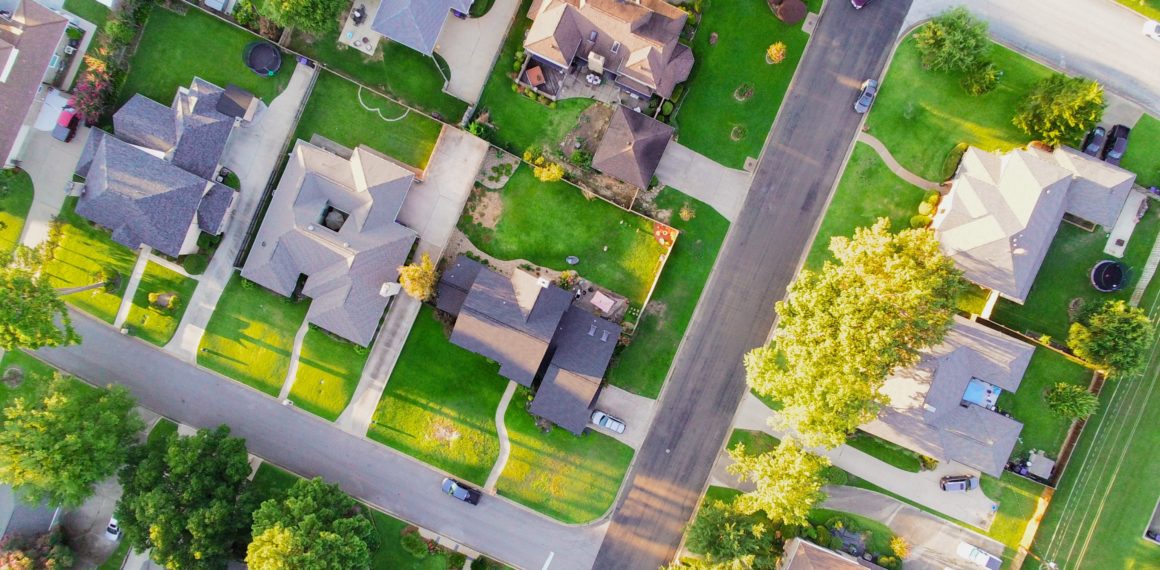Capture Incredible Moments with a Expert Drone Photographer
Capture Incredible Moments with a Expert Drone Photographer
Blog Article
Transform Your Viewpoint: The Art and Scientific Research Behind Drone Digital Photography
Drone digital photography represents a significant junction of artistic vision and technical technology, enabling creators to catch point of views formerly unattainable. Comprehending the mechanics of drone innovation, from equipment selections to composition methods, is crucial for accomplishing compelling imagery (drone photographer coeur d'alene). What absolutely differentiates effective drone photography from plain airborne snapshots?
Understanding Drone Innovation
Recognizing drone technology is necessary for any person interested in utilizing its capacities for digital photography. Drones, or unmanned aerial vehicles (UAVs), count on a mix of equipment and software application to accomplish flight and capture images. At their core, these tools are equipped with sensors, cameras, and navigating systems that permit them to fly autonomously or be controlled remotely.
The primary parts of drone technology include the flight controller, which serves as the brain of the drone, processing data from different sensors to guarantee steady trip. Additionally, GPS innovation plays an essential duty in navigation, enabling drones to adhere to pre-defined trip paths and maintain their position even in difficult problems.

Moreover, comprehending the regulative landscape surrounding drone use is essential, as it regulates where and exactly how drones can be operated, guaranteeing safety and conformity. Knowledge with these facets of drone modern technology equips professional photographers to maximize their imaginative potential while adhering to legal standards.
Essential Tools for Drone Photography
Picking the best devices is vital for attaining exceptional outcomes in drone photography. At the heart of this setup is the drone itself, which should be selected based upon flight security, cam high quality, and convenience of use. Popular designs frequently include integrated high-definition cams that capture sensational aerial photos.
In addition to the drone, spending in a top notch video camera is crucial. Lots of drones come geared up with cams capable of shooting in 4K resolution, but also for professional-grade results, take into consideration a drone that enables interchangeable electronic cameras or supports bigger sensors. This adaptability can substantially boost image high quality.
Stabilization is an additional crucial element. A three-axis gimbal is advised for smooth video, decreasing resonances that can take away from image clearness. Moreover, additional batteries and a reliable charger guarantee prolonged trip time, permitting even more thorough shoots.
Understanding Composition Techniques
Mastering make-up strategies is fundamental to boosting your drone digital photography from ordinary to phenomenal. A well-composed photo captures the viewer's interest and conveys an effective narrative.
Among the essential concepts to consider is the guideline of thirds, which entails splitting your frame into a grid of 9 equivalent components. Placing crucial elements along these lines or at their crossways develops visual passion and balance. Furthermore, leading lines can direct the customer's eye via the photo, attracting attention to the subject and including deepness.
One more reliable strategy is mounting, where all-natural components such as trees or structures enclose the subject, boosting the centerpiece. This approach not only gives context yet also develops a sense of intimacy within the scene.

Lastly, always be mindful of the perspective line. An uneven horizon can distract and detract from an or else captivating image. By grasping these make-up methods, you can substantially enhance the impact of your drone digital photography.
Lighting and Climate Considerations
In drone photography, the interplay of lighting and climate can dramatically affect the quality and mood of your pictures. Optimum lighting problems are critical; the golden hours-- shortly after dawn and prior to sundown-- offer soft, diffused light that improves colors and decreases severe shadows. During these times, the landscape appears much more vibrant and vivid, allowing for awesome airborne shots.
On the other hand, overcast skies can produce a level, muted scheme, yet they can likewise provide even lighting that lowers comparison and highlights details in the environment. This can be helpful for capturing structures in city settings or intricate patterns in nature.
Weather, such as rainfall, snow, or haze, can additionally include one-of-a-kind components to your photography. Haze can create a feeling of mystery, while rainfall can boost colors and fill the landscape. However, it is necessary to consider the safety of your drone; flying in negative weather conditions can result in equipment damages or loss of control.
Ultimately, recognizing how lighting and climate influence your airborne shots permits you to choose the ideal conditions for your drone digital photography, ensuring aesthetically striking and compelling pictures.
Post-Processing Tips and Techniques
After capturing sensational aerial photos, the following step involves refining those shots through post-processing. This important stage improves the visual influence of your photographs, permitting you to click to read highlight the distinct viewpoints that drones give.
Start with software tools like Adobe Lightroom or Photoshop, which offer robust modifying abilities. Begin by dealing with exposure and white equilibrium to make certain that your shades show up lifelike. Use histogram checks to accomplish optimal brightness levels, staying clear of overexposure or loss of information in darkness.
Next, improve comparison to add depth to your images. Changing clarity can sharpen vital information without introducing sound, which is specifically helpful in airborne shots where texture plays a significant role. Do not shy away from cropping; this can assist concentrate the customer's focus on the main subject.
Color grading is one more powerful device. Trying out saturation and vibrance to make the landscape pop, yet apply these changes sensibly to maintain an all-natural appearance. Take into consideration applying a small vignette to assist the audience's eye towards the facility of the photo. By understanding these post-processing methods, you can elevate your drone digital photography to new elevations.
Conclusion

What really differentiates efficient drone digital photography from plain you can look here aerial snapshots? Many drones come geared up with video cameras qualified of shooting in 4K resolution, but for professional-grade results, take into consideration a drone that permits for compatible electronic cameras or supports larger sensing units. By mastering these structure strategies, you can considerably enhance the read more effect of your drone photography.
In drone photography, the interplay of illumination and climate can significantly influence the top quality and mood of your pictures (drone photographer coeur d'alene). By grasping these post-processing strategies, you can boost your drone photography to brand-new elevations
Report this page